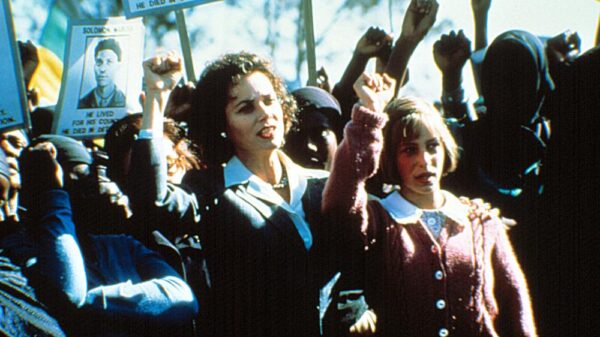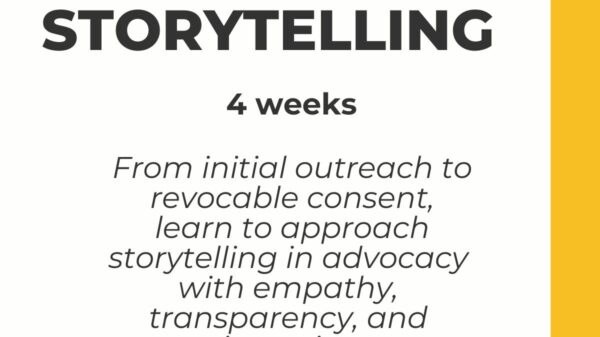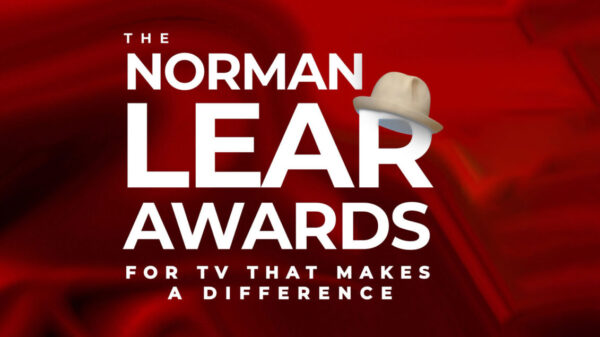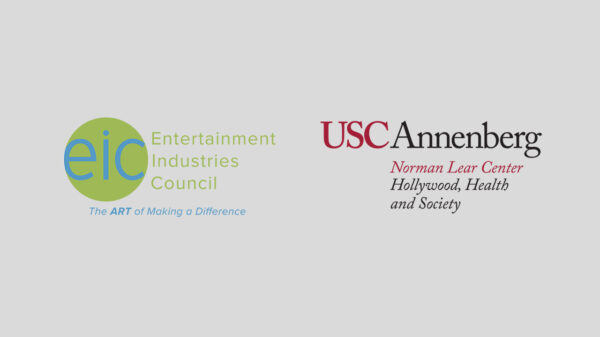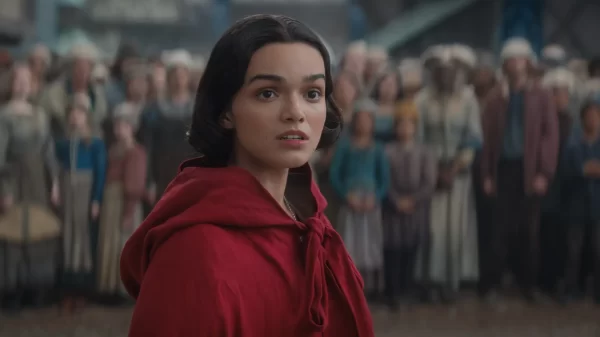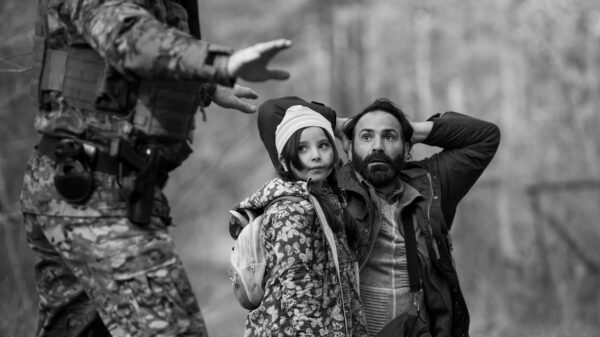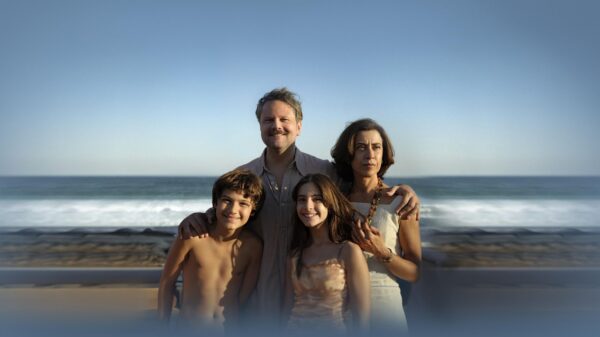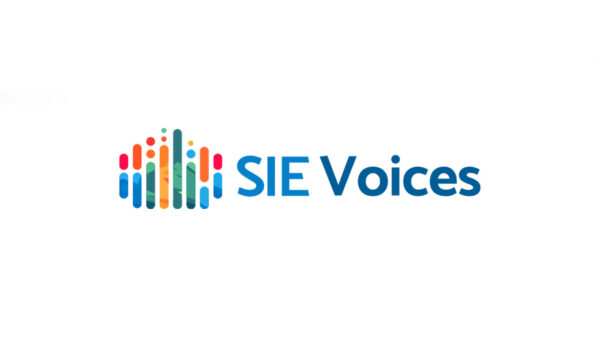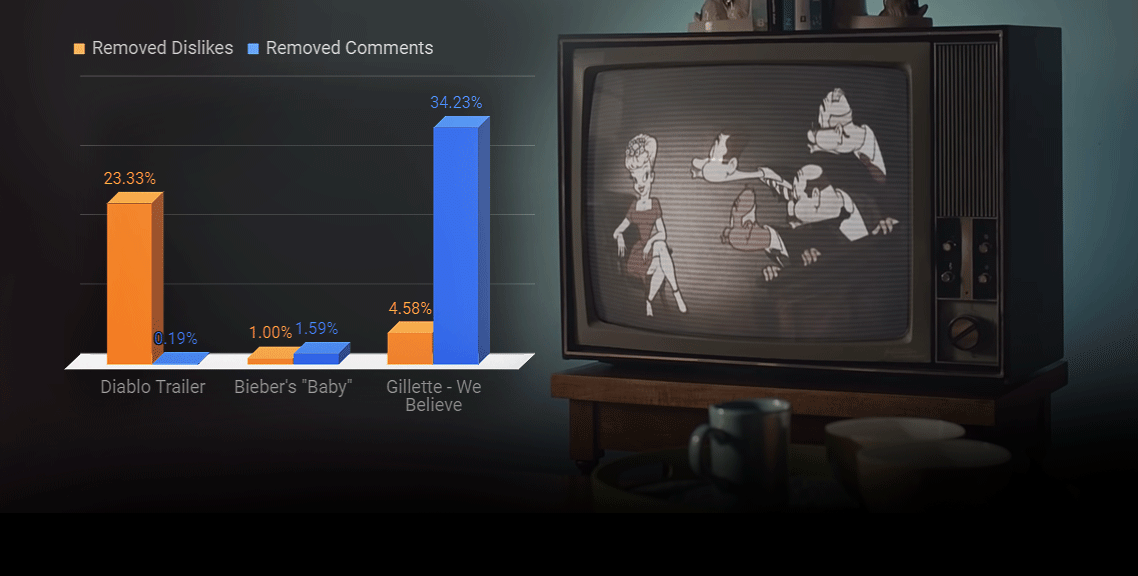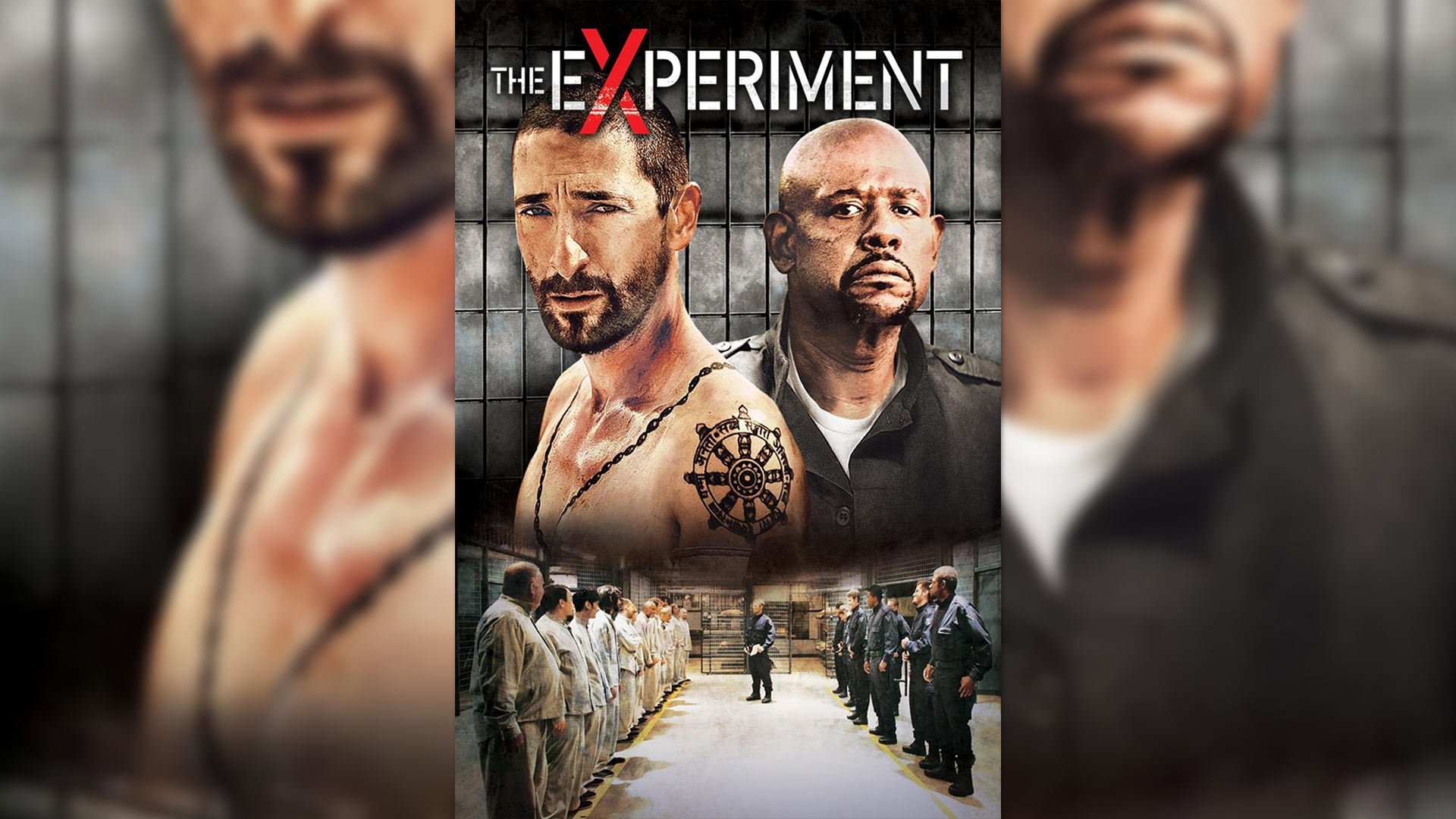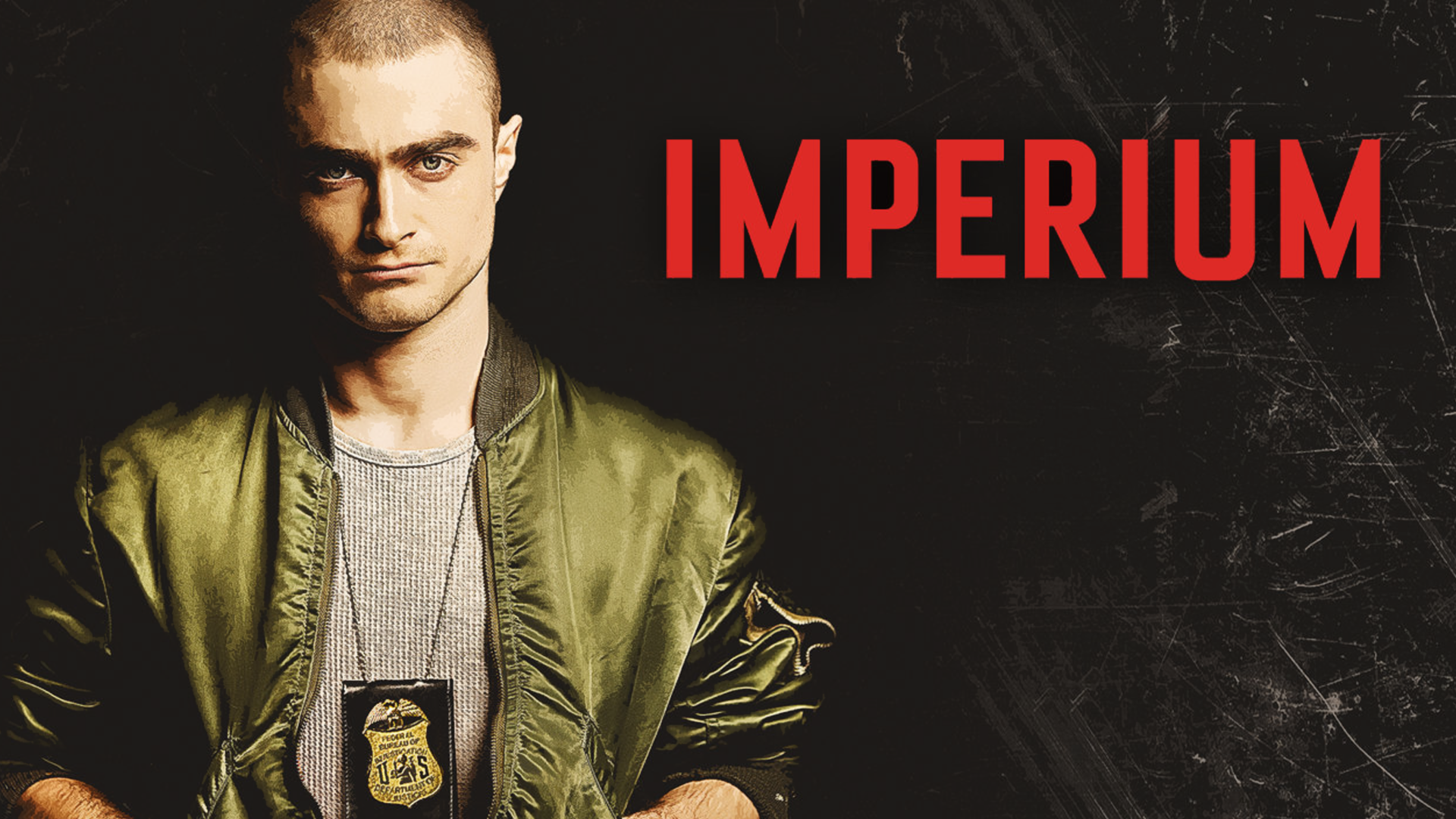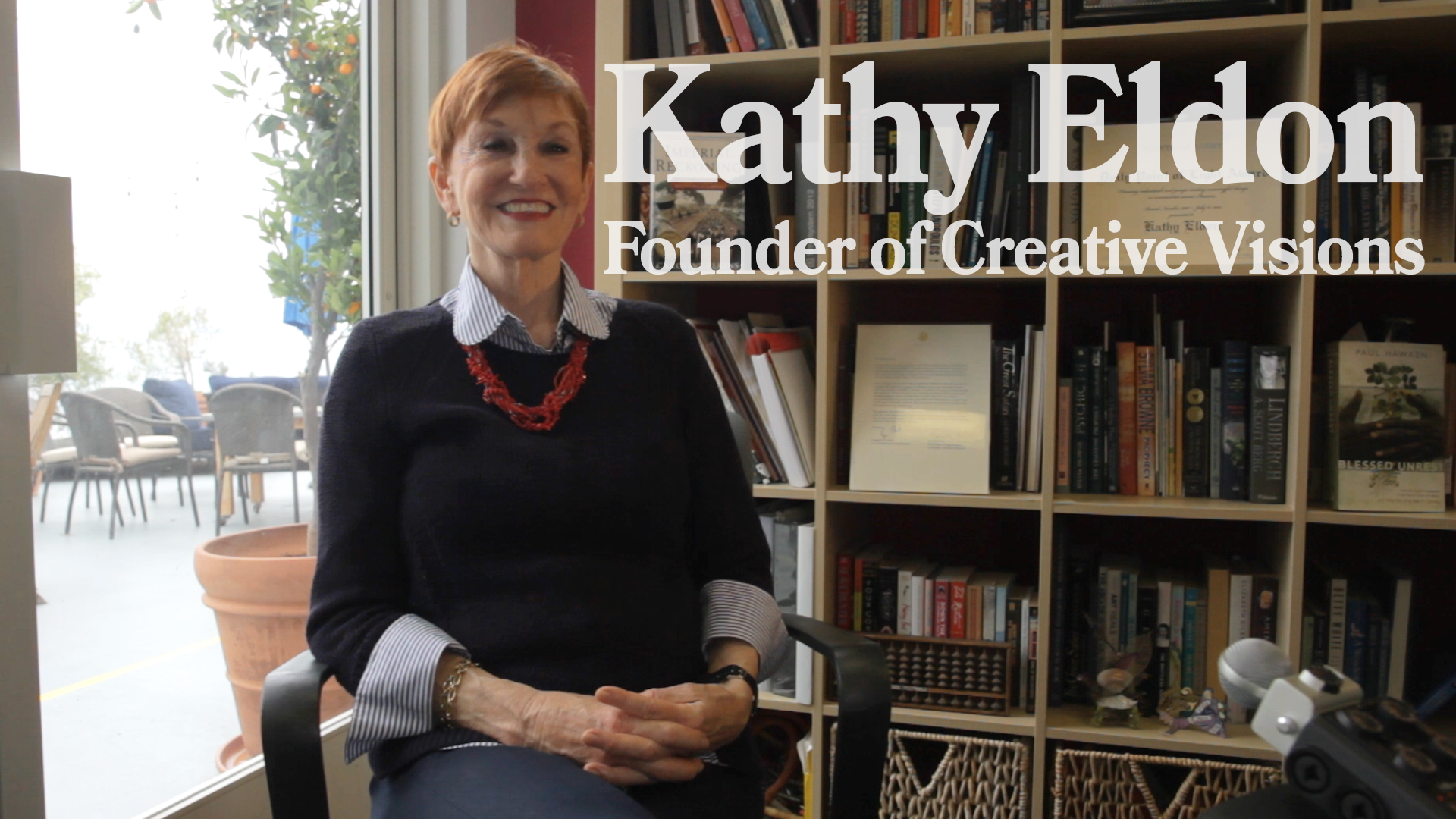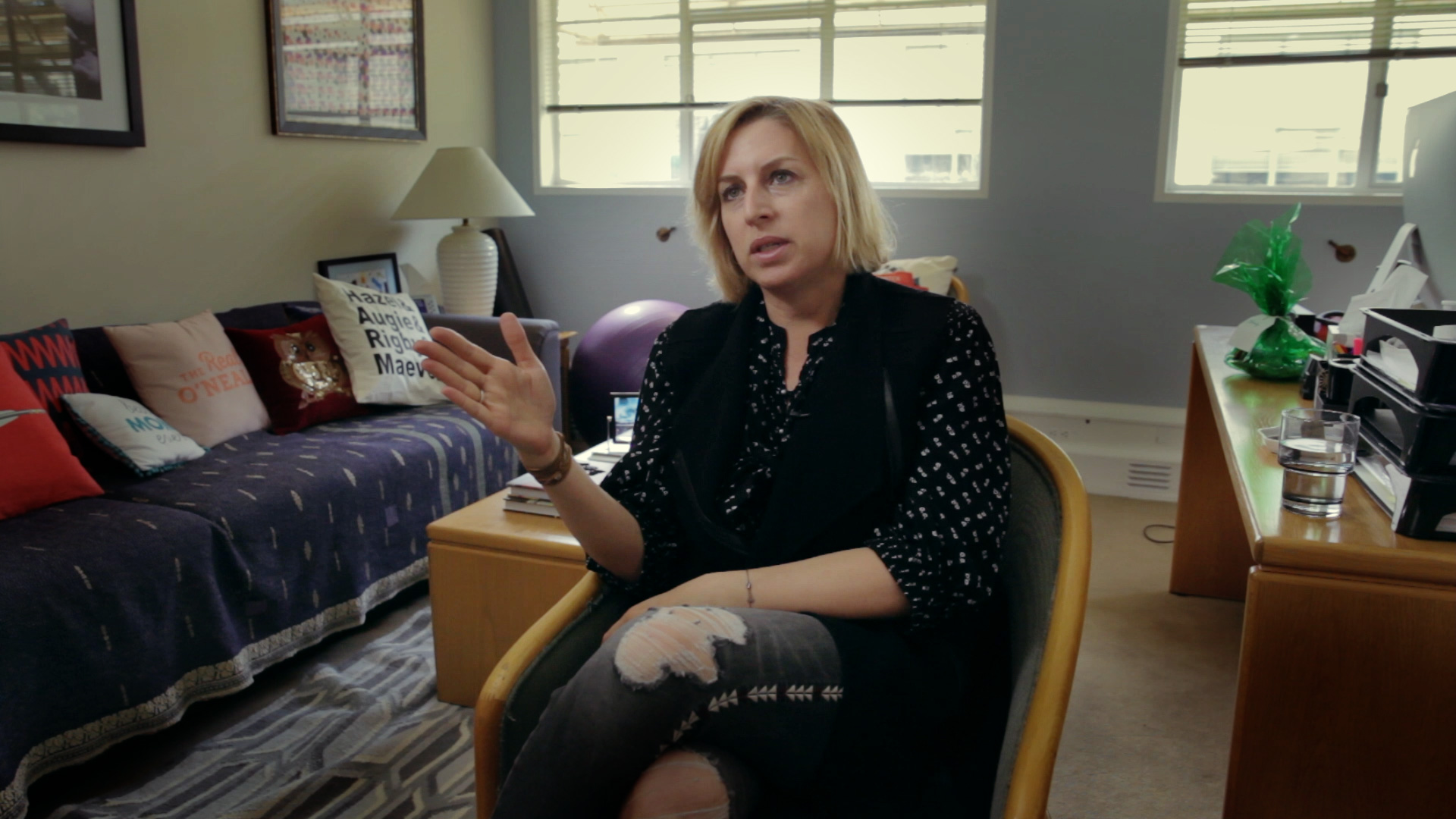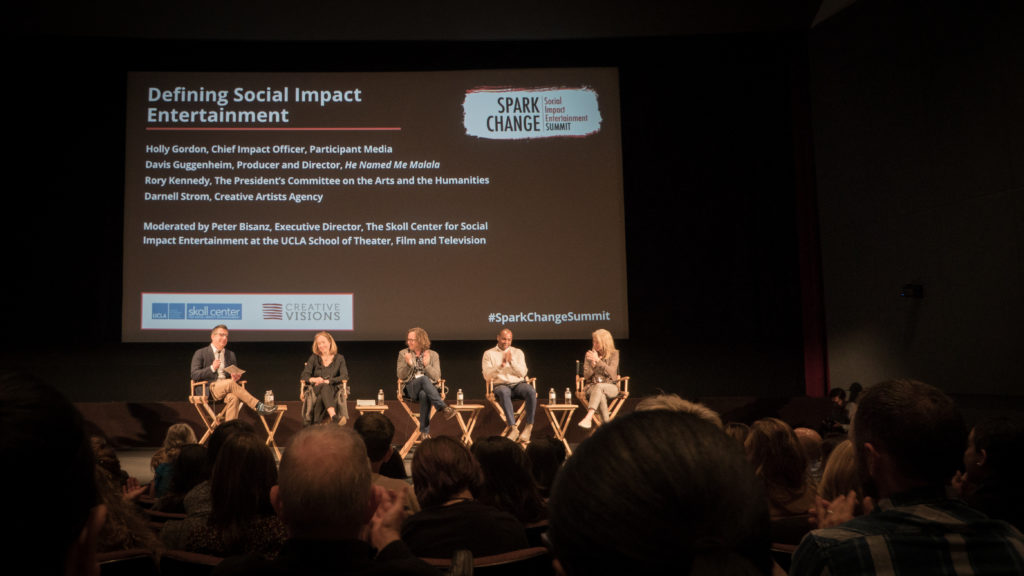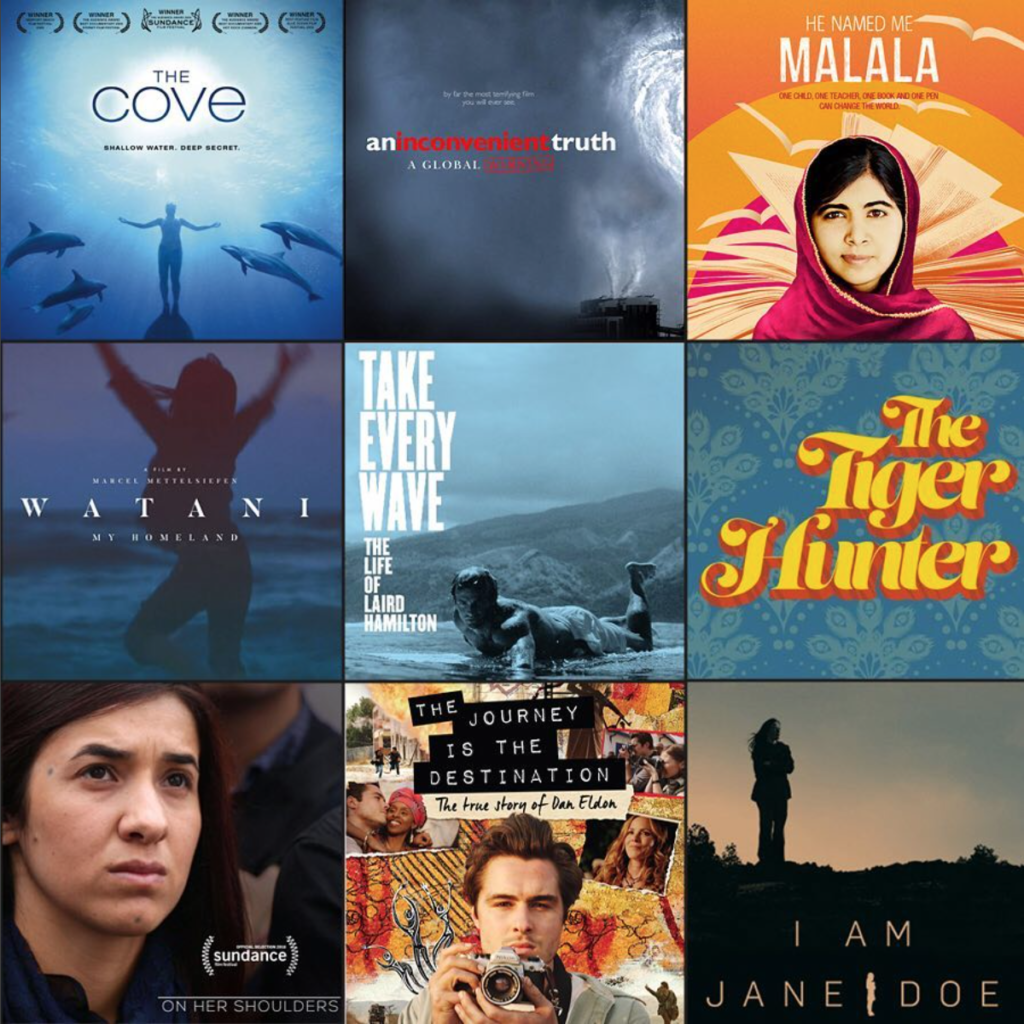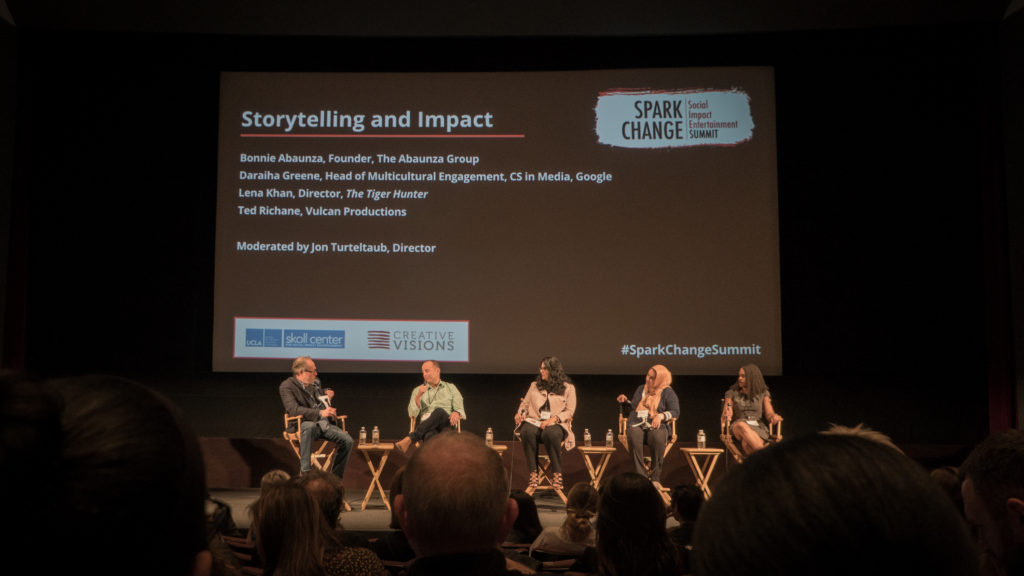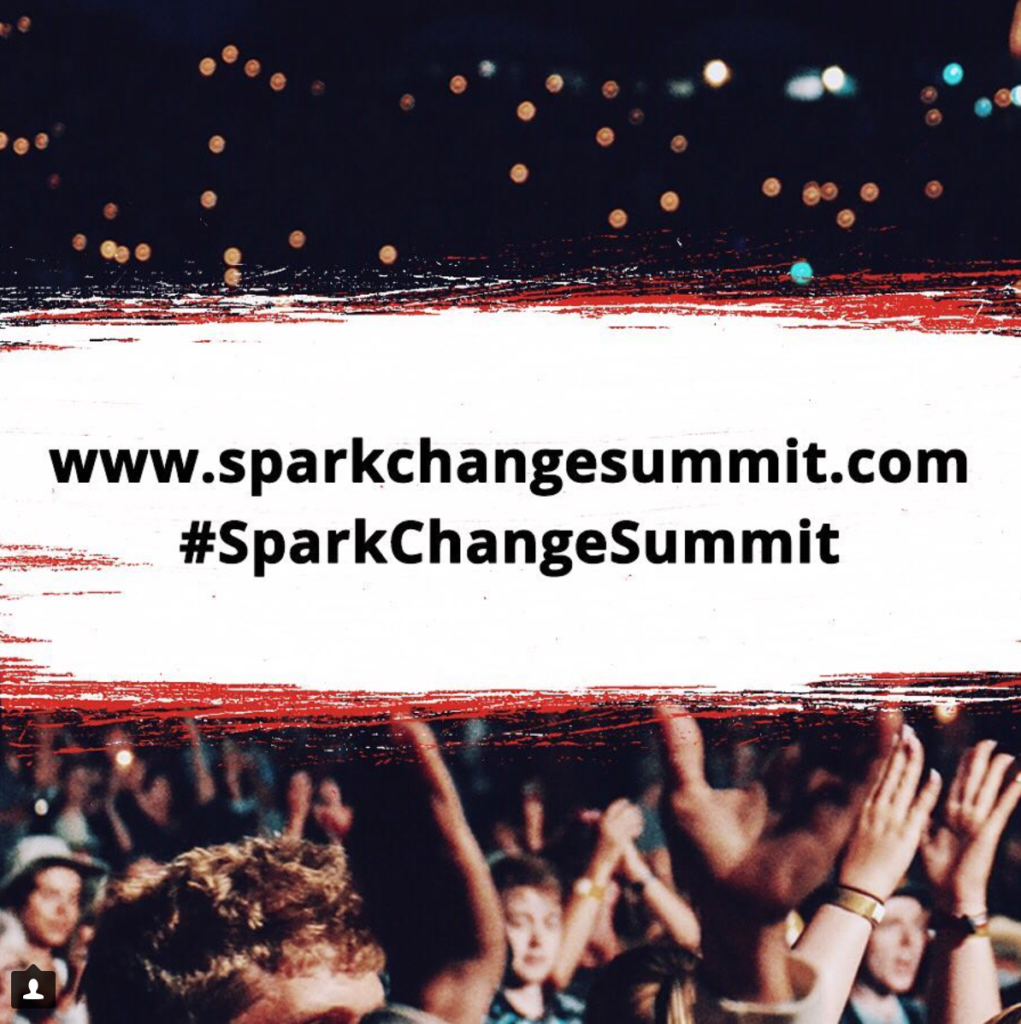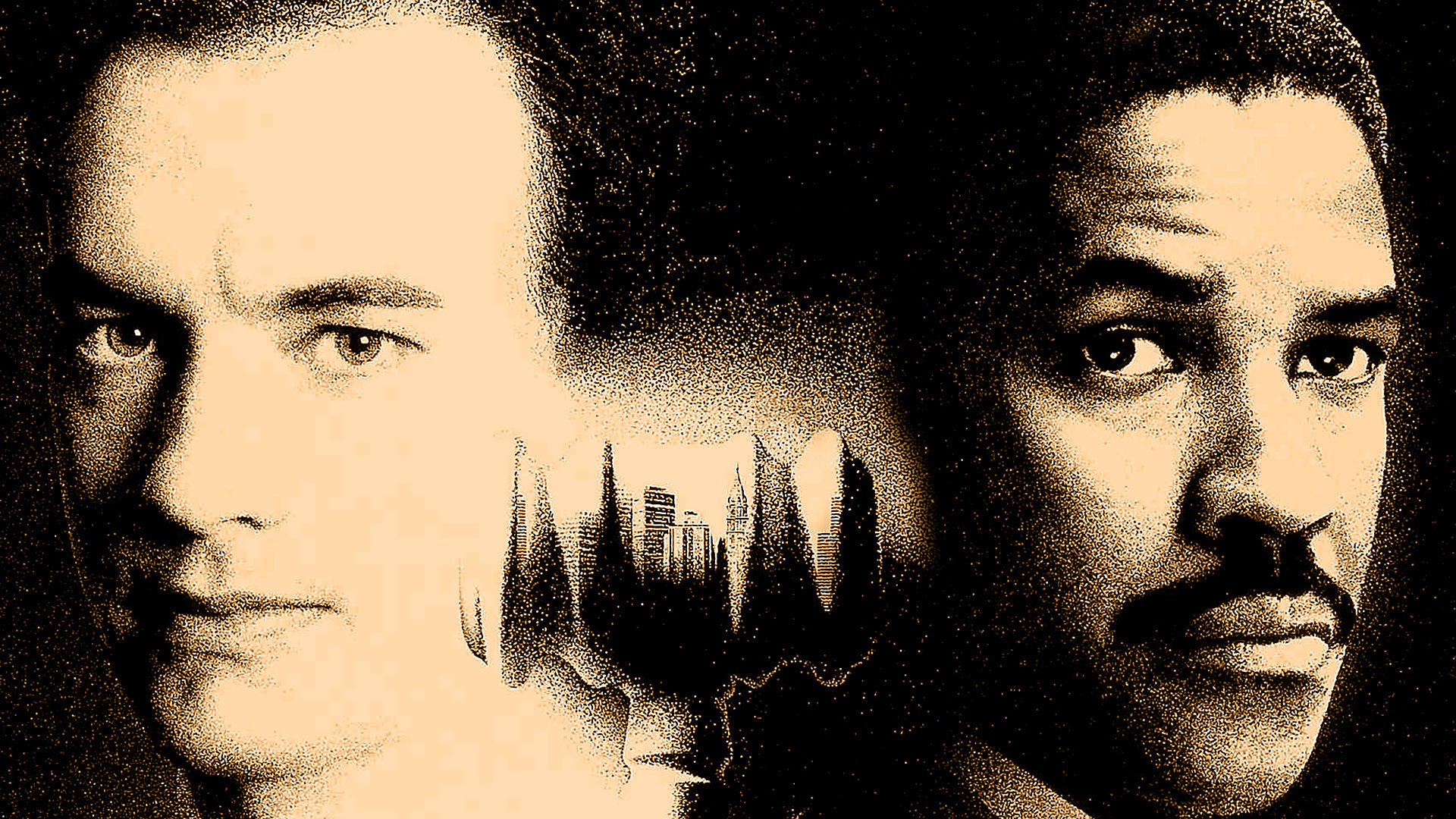“Social impact entertainment’s time has come,” Teri Schwartz, the dean of UCLA School of Theater, Film, and Television said as she welcomed everyone to the first Skoll Center summit. Nonprofit leaders, social campaign strategists, experts in distribution and funding, and a variety of creators gathered to define social impact entertainment, learn more about storytelling, and discuss new distribution and funding models.
Students and professionals alike joined in the conversation thinking about questions like: Is intention enough? What is the difference between storytelling and advocacy? What are examples of previously successful social impact campaigns and how can we follow those models? In this time of mass streaming platforms, how can artists market their social impact content and demand awareness?
The social impact entertainment field is developing, but very much alive. However, unlike industries that sometimes hide information to maximize self-growth, it is critically important for us to collaborate in this space and build a community of entertainment activists. Cinema of Change sent several to this summit to do exactly that: share what we’ve learned and be honest about what we don’t know yet.
So, what’s the secret sauce? How can films change the world?
Truth is, like the entertainment industry itself, there is not one path to ending climate change or human trafficking through film (unfortunately, I know). However, whether it is documentary, narrative, or docu-fiction, everything begins with storytelling.
-
STORYTELLING
No matter how important the statistics are or how beautiful the production design is, people are not going to watch a film that has no story. Sometimes, that is why a narrative film may even have a larger impact on a social issue than a documentary film because people relate and empathize to the fictional characters more and will walk away with those emotions in mind.
Holly Gordon, Chief Impact Officer of Participant Media: There’s a difference between storytelling and advocacy. Storytelling comes 100% from intention, but also creativity. “Creativity means intention and the ability to tell a story.” And that’s what leads to transformational change, which is long-term and visionary, compared to transactional change.
Hayley Pappas, Head of RYOT: As a reminder, “It doesn’t always have to be heartbreaking to be transformative. You can laugh a lot and see something in a new way.”
Davis Guggenheim, director of An Inconvenient Truth and He Named Me Malala: “Without the intention, you’re not going to do it. It’s too hard.” Documentaries can hit a wall sometimes because everyone working is so passionate about the topic, but when you go into the editing room, there’s no story.
As much as we support documentaries here at Cinema of Change, we also believe that mega blockbusters and social impact are not mutually exclusive. In fact, we wrote an article on exactly why we think the opposite here.
Darnell Strom, Creative Artists Agency: “Story matters. Representation on screen matters and that has a ripple effect.” Sometimes, filmmakers may not set out to have a specific intention, yet organic social issue campaigns arise from a great story. Take Black Panther for example. Disney probably did not set out to create a transformative piece about black culture through a Marvel comic book story, but the film had a majority black cast and depicted a woman leading the technological developments. Now, nonprofits are jumping up about women in STEM and young black boys and girls can watch the film and be like, Hey, if someone who looks like me can do it, so can I.
-
MEASURING SOCIAL IMPACT
Great, this film tells an incredible story about a disadvantaged youth rising from poverty and attending a prestigious university, but how do we measure the social impact? In other terms, how do we calculate the number of minds changed, or decisions made to take action? Even Gordon agreed that transformational change is very hard to measure, but it can be done.
Holly Gordon: For Girls Rising, which is both a film and nonprofit about the importance of educating young girls, measurement meant hiring Mission Management to analyze impact in three ways: changed minds (reach), changed lives (money raised), and changed policy (shifts in government policy). Gordon worked on relationship building with a number of nonprofits and even leaders like Michelle Obama to develop impact partnerships and shape campaigns around the themes in the documentary, before a single frame was even shot.
Rory Kennedy, director of Last Days in Vietnam and Ghosts of Abu Ghraib: Social impact is often thought of in large numbers: raising millions of dollars, changing thousands of lives, but it is also just as important on an individual level. For example, in Last Days in Vietnam, Stuart Herrington, a counterintelligence officer in the Vietnam War, was responsible for safely evacuating American soldiers at end of the war, but he knowingly left 422 Vietnamese soldiers there despite promising them safety. At the premiere of the documentary, Harrington reflected on his guilt and regret for leaving all those lives behind and said that he dreaded ever meeting one of the 422. Sure enough, one of the Vietnamese soldiers Harrington left walked up on stage and told him, “I forgive you.” That moment left both of the men in tears and it may not have changed a hundred lives, but it changed two.
-
IMPORTANCE OF SOCIAL IMPACT CAMPAIGNS
When a film wraps, the awareness and campaign work most definitely does not. Social impact campaigns are critical to accelerating awareness and creating a sustainable, lasting effect. They’re arguably more effective when launched before the film even begins production.
Bonnie Abaunza, founder of The Abaunza Group which has launched campaigns for The Hunting Ground, Hotel Rwanda, Cries from Syria: These impact campaigns are designed to intersect all industries and companies. Impact comes from educating students, mobilizing ambassadors, challenging companies, and partnering with nonprofits and policy leaders who care. One example of a highly successful social impact campaign is the one for Blood Diamond. Lena Khan, the director of The Tiger Hunter, even told Abaunza that she has a conflict-free diamond on her hand because of the film. Jewelry companies like Tiffany & Co. joined the movement by labelling their diamonds as “conflict-free” especially because more and more people started asking about it. Amnesty International created an entire curriculum to introduce the issue to students.
Ted Richane, Vulcan Productions Impact and Engagement: At the end of the day, “We can have our strategies, but the best thing we can do is listen. The community is awesome and going to be inspired and go to take the issue upon themselves.” That’s the ultimate goal, right? Launch the campaign, tell the story, and empower others to share and do something about it all.
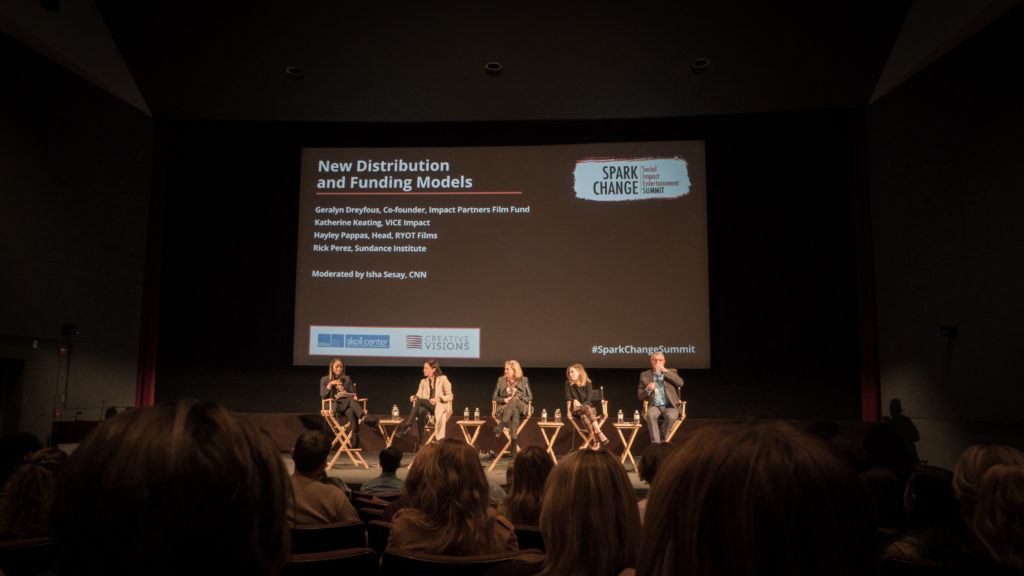
-
DISTRIBUTING AND FUNDING SOCIAL IMPACT FILMS
The world of distribution and funding can be quite daunting to enter, because no matter how passionate someone is, it is always difficult to get the money needed to transform passion into action. Major companies are also a huge part of the conversation. How do they decide what films to green light? How can indie artists break out with both an entertaining film and one that creates change?
Geralyn Dreyfous, Co-founder of Impact Partners Film Fund: There is a shift nowadays in the distribution world. Only two films sold at Sundance this year. Netflix is commissioning their own content. Companies are not paying their creators enough, especially for short form content. To the artists: “You love it so much, you’d do it for free. But you have to stop doing it for free.” When starting out with trying to find investors, you can always pitch to the Impact Partners Film Fund, but if you’re not successful there, think about incentives and break up your budget into smaller chunks for financing. Can you give donors credits, on screen thanks, private screenings, and other benefits? “Mostly, founders are interested in amplifying and aligning your content with their philanthropic goals. They need to know that you’re the person to tell that story.”
Katherine Keating, Vice Impact: With a cross-platform company like Vice, it’s very important to think about who the audience is and where they are consuming their content. Some things are meant to be a series of five 1-minute shorts on Facebook, even though the artist may have pitched it as five 1-hour series. Another way to integrate the impact campaign is through brand partnership with large, respected companies. For example, Colgate, one of the biggest toothpaste sellers, is now promoting water conservation and looking at ways to reduce plastic use in their packaging. Companies are starting to recognize the importance of social impact and it’s our job as their commercial creators to push them in that direction.
Cinema of Change previously interviewed entertainment attorney Mark Litwak about the “Filmmaking Pitfalls in Deal-Making and Distribution”; read what Litwak has to say here.
NOW WHAT?
“To create in this chaotic world peace, to seek in this gathering darkness light, to transform the hatred into a new kind of loving. Together, we can transform this world. It’s going to be really hard. But we can do it, and it will be through storytelling and courageous people like you.” (Kathy Eldon, Co-founder of Creative Visions). With that, the SPARK CHANGE Social Impact Entertainment Summit came to end, but our work is just beginning.
As audiences, we have to demand for content that does not further marginalize communities and perpetuate stereotypes.
As companies, we cannot stay silent to the injustices in our world in order to protect our brand.
As filmmakers, we are not just producing beautiful, cinematic pieces. We have the responsibility to use those creations to spark change.
—
List of all organizations in attendance: Cause Cinema, CNN, Creative Activists Network, Creative Artists Agency, Creative Visions (co-host), Google, I am Jane Doe, Impact Partners Film Fund, Living on One, Majority Film, Participant Media (sponsor), President’s Committee on Arts and Humanities, RYOT, Skoll Center (co-host), Sundance Institute, The Abaunza Group, Vice, Vulcan Productions (sponsor) UCLA School of Theater Film Television
*Sayings in quotation marks are directly quoted. Other remarks are paraphrased.


